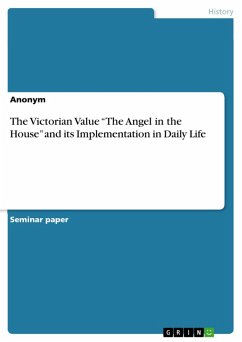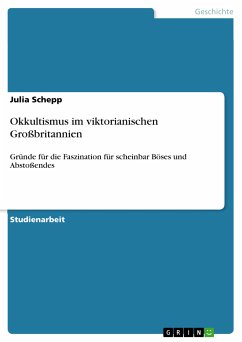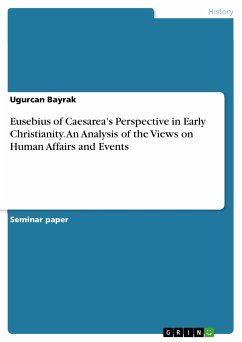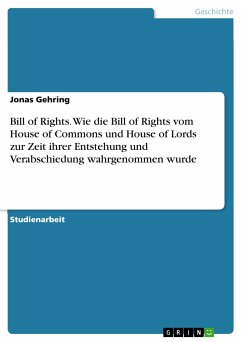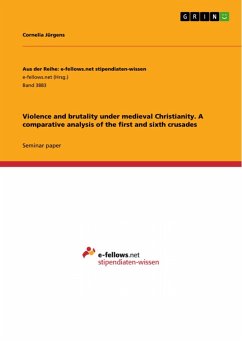Seminar paper from the year 2020 in the subject History - Europe, grade: 1,0, University of Education Weingarten (Fakultät II - Englisch), course: UK in text and film, language: English, abstract: This paper examines the Victorian value of "The Angel in the House" and its implementation in everyday life. The introduction presents the idea of the "Angel in the House" as the ideal image of woman in the 19th century, influenced by Coventry Patmore's poem of 1858. The historical context sheds light on the Victorian era (1837-1901) and the social structures of the time. Victorian values, in particular family, self-help, respectability and the role of men, are discussed. However, the focus is on the "angel in the house" who represents the ideal woman. The implementation of this ideal in the Victorian class system is considered in detail, differentiating the upper, middle, and working classes. Particular emphasis is placed on the legal disadvantages of women in Victorian society, including the lack of property rights and the difficult conditions for divorce. The evolution of women's role over the past 30 years of Queen Victoria's reign is also analysed, emphasising the transition from "angel in the house" to "serving angel." Queen Victoria's opinion on the "Angel in the House" and her attitude towards feminist movements are examined. Although Victoria is seen as a female leader, it turns out that she had anti-feminist views. The term paper ends with a summary and outlook on the current presence of Victorian ideals in 21st-century British society. Overall, the work provides a deep insight into the social, legal and cultural aspects of the Victorian "Angel in the House" and identifies links to contemporary gender issues.
Dieser Download kann aus rechtlichen Gründen nur mit Rechnungsadresse in A, B, BG, CY, CZ, D, DK, EW, E, FIN, F, GR, HR, H, IRL, I, LT, L, LR, M, NL, PL, P, R, S, SLO, SK ausgeliefert werden.

